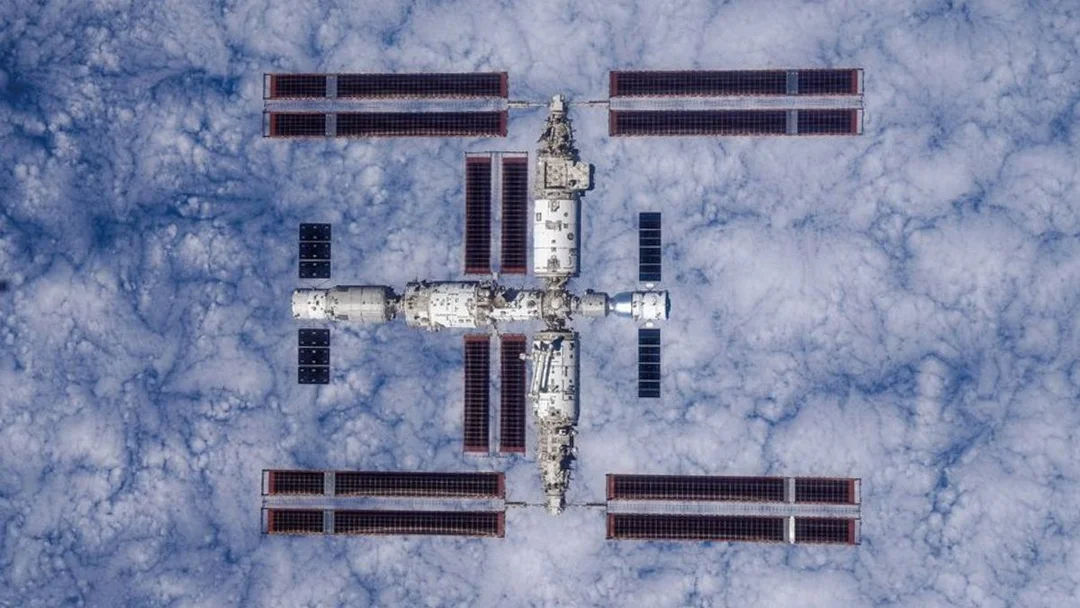
New Bacteria Species Discovered on China’s Tiangong Space Station: Is Space the Next Evolution Hotspot?
Scientists have made a fascinating discovery aboard China's Tiangong space station: a brand new species of bacteria, dubbed Niallia tiangongensis. This microscopic organism, found thriving within the station's cockpit controls, is raising intriguing questions about microbial adaptation and the potential for evolution in the extreme environment of space.
The discovery, stemming from the China Space Station Habitation Area Microbiome Program (CHAMP) in May 2023, has been detailed in the Journal of Systematic and Evolutionary Microbiology. Astronauts collected swab samples, which, upon returning to Earth, revealed the novel bacteria. This find highlights the ongoing exploration of the microscopic world hidden within spacecraft, a critical area of study for long-duration space missions.

Genetic analysis reveals that Niallia tiangongensis is related to Niallia circulans, a terrestrial bacterium. However, significant genetic differences suggest that the new species either evolved within the Tiangong space station or had previously eluded detection on Earth. "Understanding the characteristics of microbes during long-term space missions is essential for safeguarding the health of astronauts and maintaining the functionality of spacecraft," researchers wrote in the International Journal of Systematic and Evolutionary Microbiology.
What's particularly remarkable is the bacteria's adaptations for survival in space. Niallia tiangongensis can break down gelatin for nutrients, form protective biofilms, activate oxidative stress responses, and repair radiation damage – all key advantages in the nutrient-poor, low-gravity, and radiation-exposed environment of space. This ability to thrive in harsh conditions makes it a useful model for studying microbial survival during spaceflight.
Researchers highlight key features of this species. It exhibits structural and functional variations that mean it is well-adapted to existing in a space station. It possesses the ability to hydrolyze gelatin (break down this protein into smaller components) in a unique way, allowing the protein to be consumed for survival in nutrient-poor environments. In addition, these bacteria are able to form a protective biofilm, activate oxidative stress responses, and promote repair in the face of radiation damage.
While the exact origins of Niallia tiangongensis remain uncertain, this discovery is not the first of its kind. Previously, the International Space Station (ISS) was found to harbor several new strains of bacteria. With the new adaptation, the bacteria picked up some key adaptations that could be helpful in future space missions.
The discovery isn't without potential concerns. Given that its closest terrestrial relative can cause sepsis, especially in immunocompromised individuals, researchers are investigating whether Niallia tiangongensis poses any health risks to astronauts. According to China Central Television, taikonauts (Chinese astronauts) collected swab samples from the space station in May 2023, which were then frozen and sent back to Earth for study.
As humanity ventures further into space, understanding the behavior and evolution of bacteria on space stations becomes increasingly crucial. How will these findings influence sanitation protocols for extended missions? And what other microscopic surprises might await us in the vast expanse beyond Earth?
Share your thoughts and predictions in the comments below!